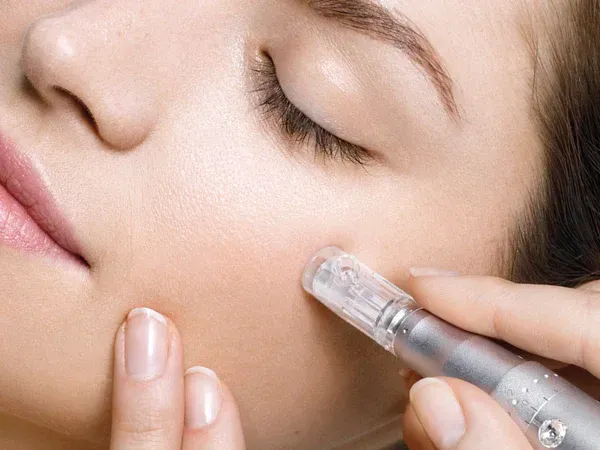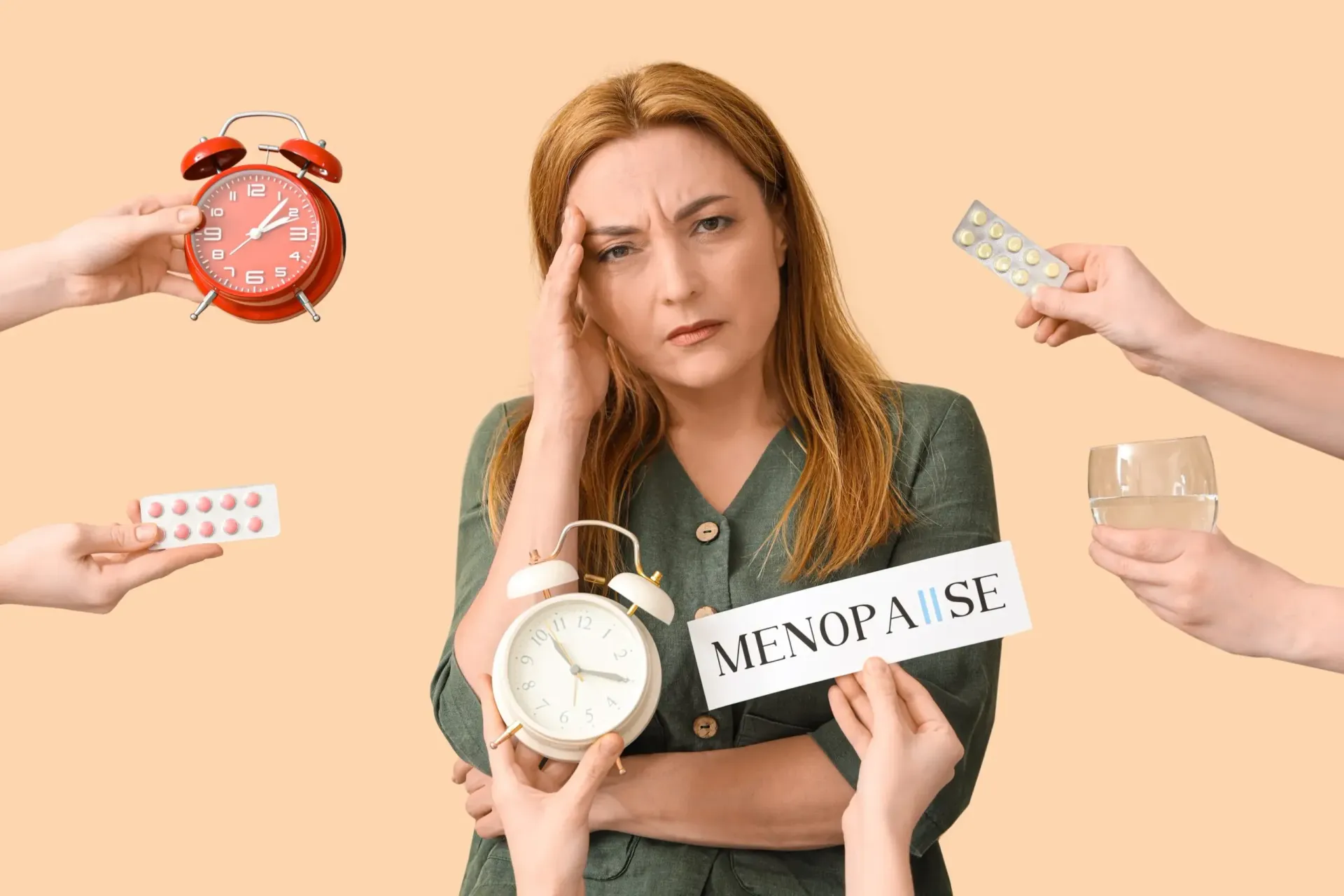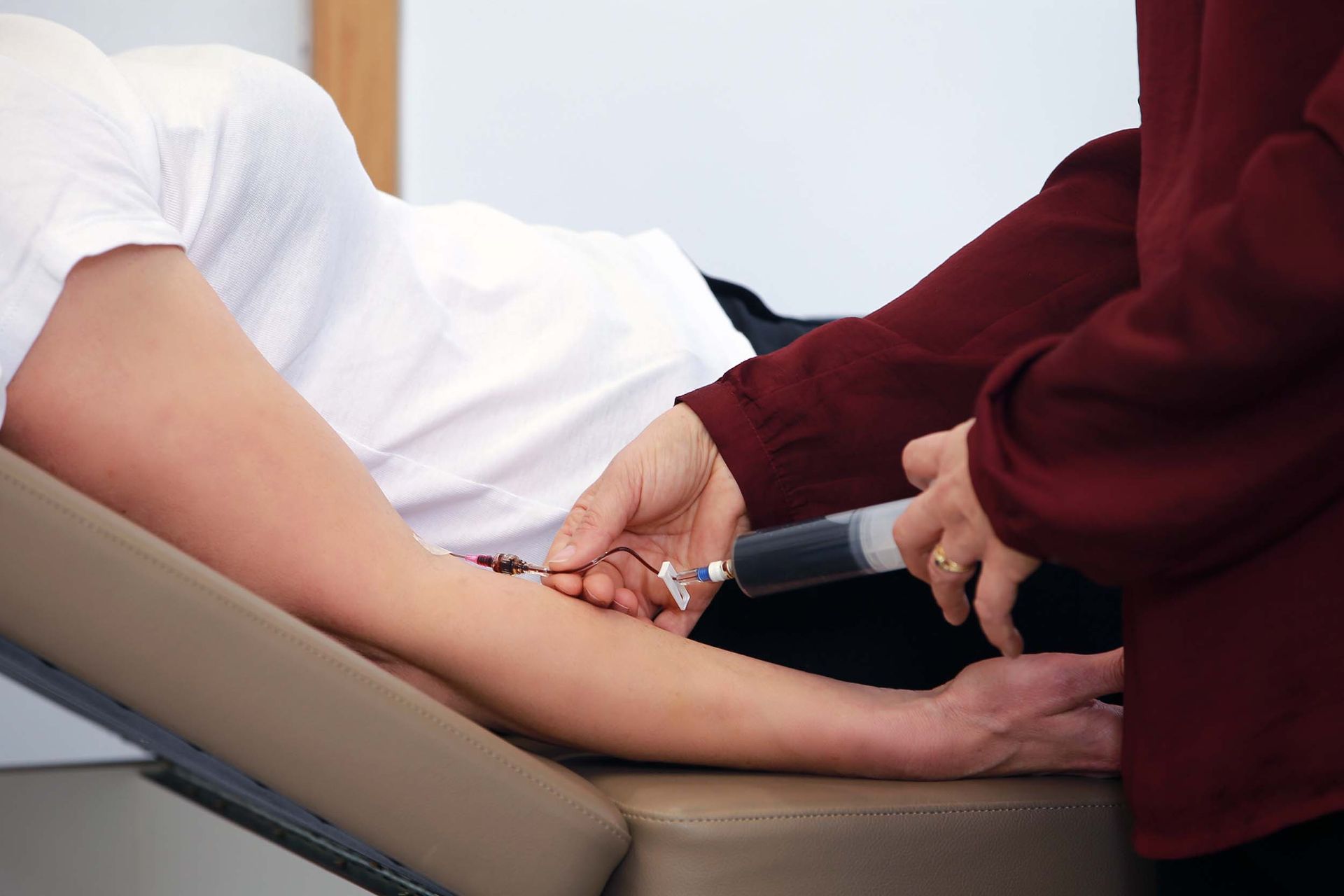
Now that the warm weather is here, it is important to talk about skin health and skin protection. While it is important to be thinking about your skin health all year round, during the summer months are skin is exposed more, the UV rays are stronger and we are susceptible to more skin cell damage. UV radiation damages DNA and subsequently can cause the skin to appear more aged through increasing the development and appearance of wrinkles, increasing dark spots, and giving the skin a rougher appearance. More importantly, UV exposure can also increase the risk of skin cancers. There are various things that can be done throughout the summer (and all year round) to keep our skin healthy, looking great and prevent the damage of UV exposure.
Limiting Sun Exposure:
The best technique to avoid the damaging effects of UV rays is to avoid or limit your skin’s exposure. In our every day life, avoiding the sun can be difficult so wearing protective clothing, wide brim hats, avoiding exposure when the sun is at its strongest are all techniques to limit exposure. Then when exposure is unavoidable the use of a broad-spectrum sunscreen with a minimum SPF of 30 is important. In recent years, there has been concern and research stating that some of the components in chemical based sunscreens can disrupt your hormones, cause allergic reactions or have an environmental impact. If you are concerned about any of the issues with chemical sunscreens, using a mineral based/zinc oxide barrier sunscreen is the best alternative. If you are curious about the sunscreen you regularly use or you are looking for safer options you can refer to the Environmental Working Groups page here: https://www.ewg.org/sunscreen/. The following suggestions never should be used as a replacement for sunscreen and protective clothing but can be used in conjunction with it.
Hydrate:
It is important to keep your skin hydrated both from the inside and out. While dry skin doesn’t cause wrinkles, it can increase the appearance of them. Drinking plenty of water and using a good moisturizer will ensure that your skin looks pump, fresh and reduce the appearance of wrinkles. Some moisturizers that hydrate skin are avocado oil, castor oil, coconut oil, jojoba oil and Shea butter.
Eating a Colourful Whole Foods Diet:
Fruits and vegetables that are bright/dark in colour are high in polyphenols like flavonoids, phenolic acids and proanothocyanidins. These compounds are anti-inflammatory and high in antioxidants that help protect your skin against the UV rays.
Vitamin C and E vital components of your skin’s structure. In addition to its antioxidant effects against UVA-induced oxidative damage, vitamin C is thought to play a role in collagen synthesis and tissue repair. Vitamin E Is improves skin moisture, softness and smoothness, and provide mild protection from ultraviolet sun damage.
Carotenoids like beta-carotene, lycopene or lutein have been shown to reduce the effect of UV radiation. They help reduce the DNA damage from UV rays and reduce skin sensitivity to UV rays. Lycopene can be found in tomato paste or tomato juice, beta-carotene is high in carrots and other orange vegetables and lutein can be found in kale or egg yolk. You want to eat a combination of these foods in various quantitates; eating more than 30g per day of beta-carotene for prolonged periods can cause your skin to turn orange.
Omega-3 polyunsaturated fatty acids found in fatty fish like salmon, mackerel, anchovies, sardines, and herring can be useful when trying to hydrate and protect the skin from UV rays. A study recently showed that consuming fish oil daily reduced the skin’s sensitivity to UV rays and can protect the skin from burning.
Collagen:
Skin is primarily composed of collagen, elastin, and hyaluronic acid which helps maintain skin structure and hydration. Studies have shown that collagen peptides can improve skin health and aging by increasing the number and diameter of collagen and elastin fibres, stimulating fibroblast proliferation and motility, and increasing production of hyaluronic acid. Incorporating more collagen in your diet from bone broth, meat, eggs, fish or supplementing with collagen can lead to improvements in skin hydration, elasticity, wrinkling, and dermal collagen density.
If you are curious or want more guidance on skin health and protection, book a free consult today!











